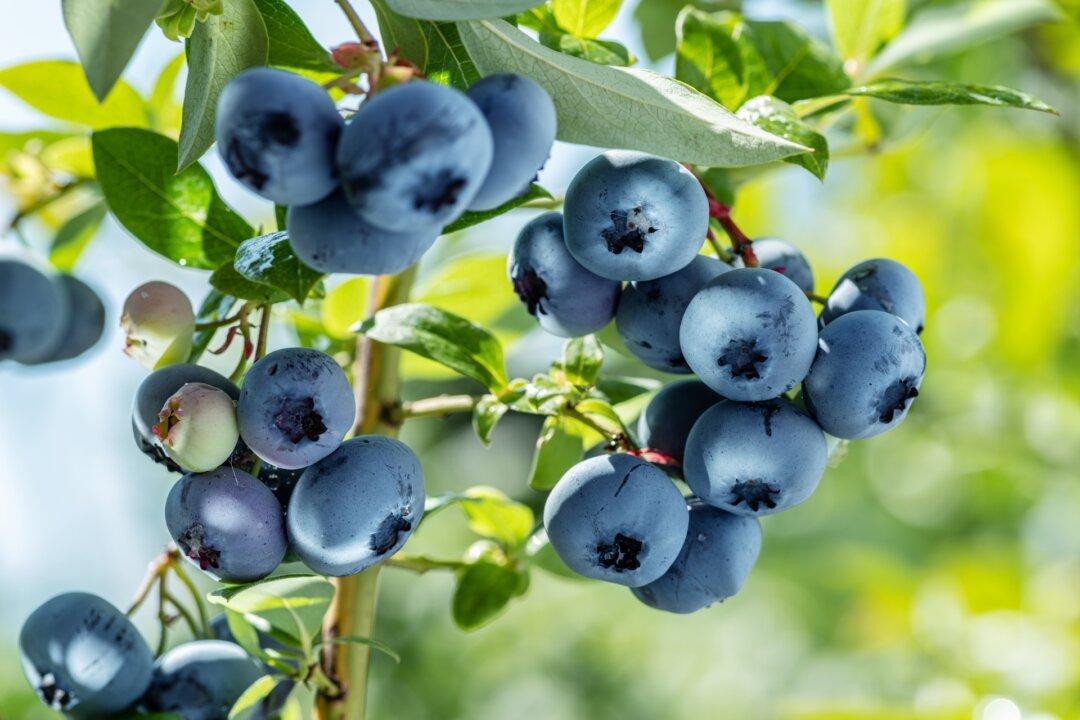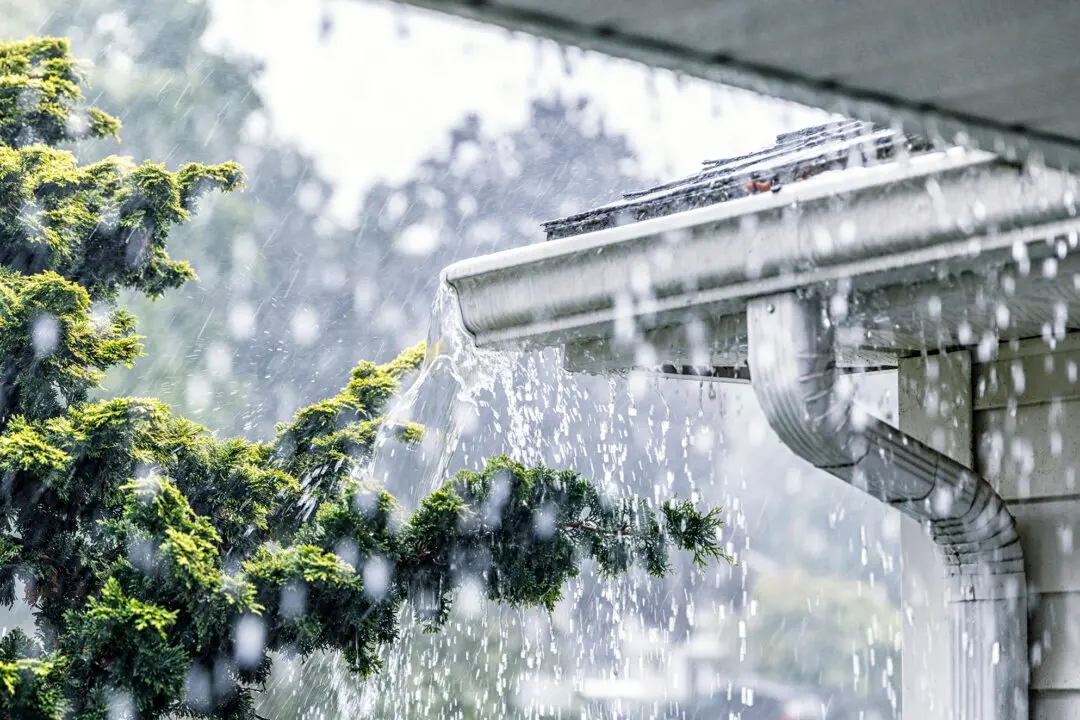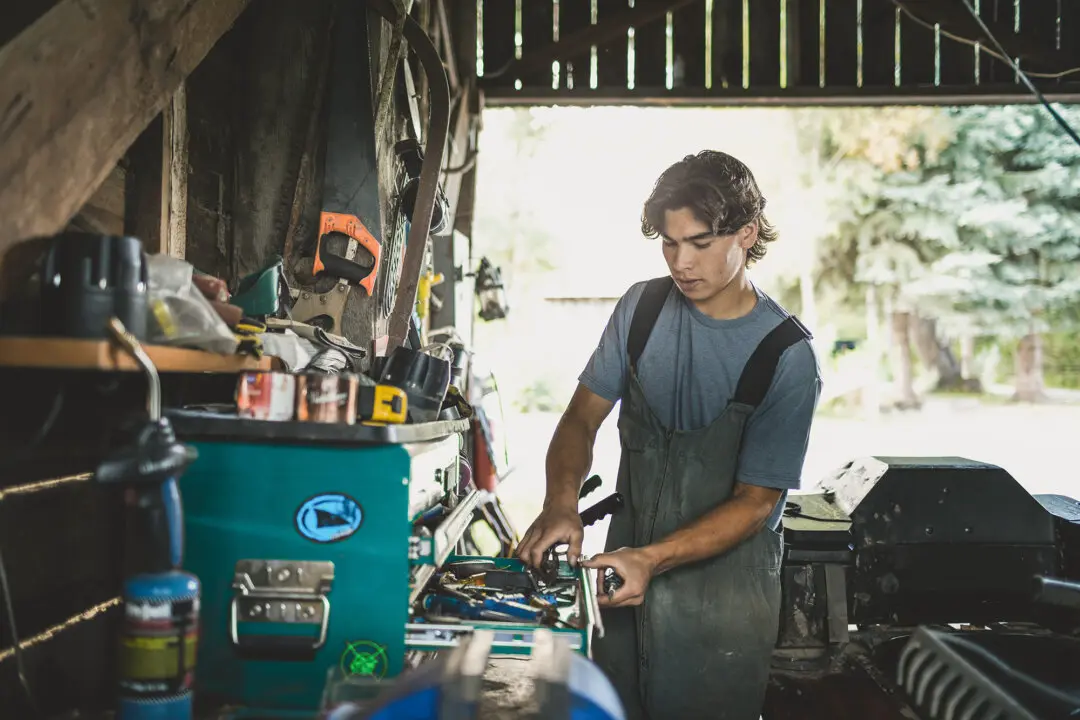Foodscaping is growing in popularity across the United States, and with good reason. It incorporates low-maintenance plants that are both ornamental and practical. Berries are extremely popular since they don’t require the space of full-size fruit trees, usually only take two to three years to achieve decent harvests, and produce with minimal care for many years after reaching maturity.
Blueberries
Considered one of the world’s most powerful sources of antioxidants and vitamin C, blueberries are typically grown in sunny locations in northern climates (zones three to seven). But there’s good news for growers in zones eight to 10 in the form of the specially bred, heat-tolerant varieties such as Rabbiteye, Southern Highbush, and Half-High.Blueberries work best planted in large groups rather than here and there in the garden. While they’re technically self-pollinators, better results are achieved with multiple plants. Caring for them en masse is also easier, as their shallow roots need to be watered regularly when there’s no rain. They also need protection from strong winds.




